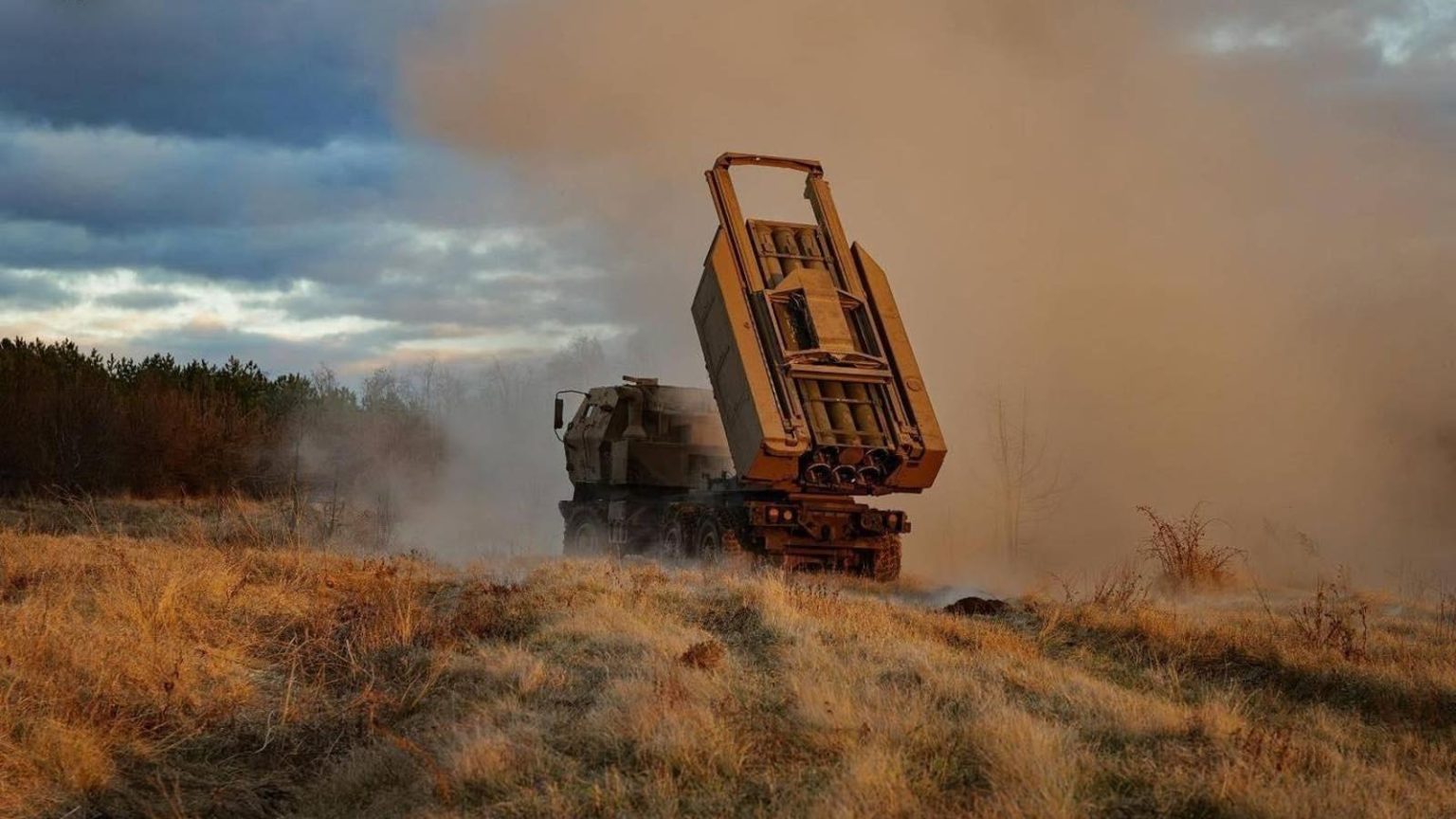The Seym River flows westward through Kursk Oblast in southeastern Russia—nearly 300 square miles of the oblast lie between the river and the border with Ukraine.
Shortly after a strong Ukrainian force—half a dozen brigades plus independent battalions and supporting units—rolled across the border into Kursk on Aug. 6, the Ukrainian army and air force began targeting the bridges across the Seym. So far, they’ve destroyed three of them.
It’s obvious the Ukrainians are trying to isolate that swathe of Kursk, just west of the 300-square-mile invasion zone, that’s bounded in part by the Seym.
And it’s obvious why. “The strikes on the bridge crossings over the Seym River and the advance of Ukrainian defense forces’ forward units to the western bank of the river … suggest that the objective of Ukrainian defense forces is to take control of a portion of Kursk Oblast south of the Seym,” the Ukrainian Center for Defense Strategies explained.
The Russians are determined to keep that from happening. They’re building new bridges nearly as fast as the Ukrainians are destroying the old bridges. But the temporary pontoon bridges are even more vulnerable than the permanent spans.
The first bridge fell on Friday. Ukrainian rockets, reportedly fired by U.S.-supplied High Mobility Artillery Rocket Systems launchers, collapsed the concrete span across the Seym in the town of Glushkovo, 26 miles west of Sudzha, the locus of the Ukrainian invasion.
On Saturday, the Ukrainian air force struck a second bridge over the Seym in Zvannoe, seven miles west of Glushkovo. The third bridge, in Karyzh west of Zvannoe, was destroyed on Monday.
Russian engineers responded quickly. They built one floating pontoon bridge across the Seym near Glushkovo on Friday and another between Glushkovo and Zvannoe no later than Saturday.
A pontoon bridge isn’t as durable or capacious as a permanent span, but it’s practical when the alternative is fording the river—and only in vehicles with amphibious capability.
The problem is that a flimsy pontoon bridge is, if anything, easier to destroy than a concrete bridge. If the Ukrainians have massed enough surveillance and strike assets to destroy three permanent bridges in four days, there’s probably no reason they can’t also destroy any temporary bridges that appear in the same area.
Indeed, it seems they’ve already hit one of the pontoon bridges. Data from NASA’s heat-detecting Fire Information for Resource Management System satellites indicates something burning at the location of one of the temporary spans on Monday.
It’s unclear how many more bridges—permanent or temporary—Ukrainian forces would have to destroy to effectively isolate that big stretch of Kursk Oblast adjacent to the current invasion zone.
But it’s likely they’ve made a lot of progress. A glance at commercial satellite imagery seems to indicate the three permanent bridges the Ukrainians struck between Friday and Monday were the only major permanent bridges in the area. It’s possible the Russians are now totally relying on pontoon bridges to get across the Seym.
Sources:
1. Center for Defense Strategies: https://cdsdailybrief.substack.com/p/russias-war-on-ukraine-190824
2. Mark Krutov: https://www.google.com/maps/d/viewer?mid=1ZD-YrVB91qrF3EaagUOs7ur6Byj7YfE&femb=1&ll=51.3331207627457%2C34.66600660943696&z=11
3. Mykola Oleshchuk: https://x.com/wartranslated/status/1825072607051354571
4. Oliver Alexander: https://x.com/OAlexanderDK/status/1825577453299053035
Read the full article here





